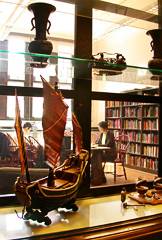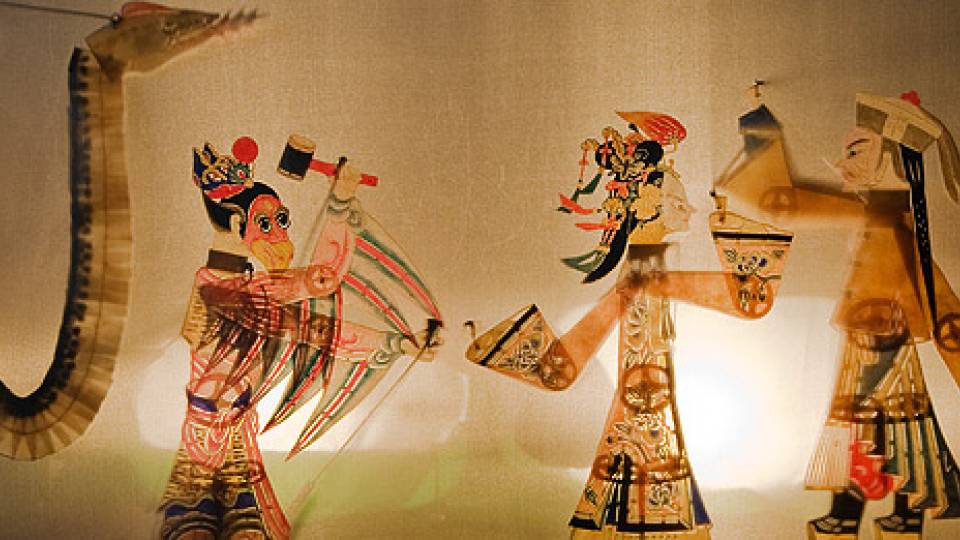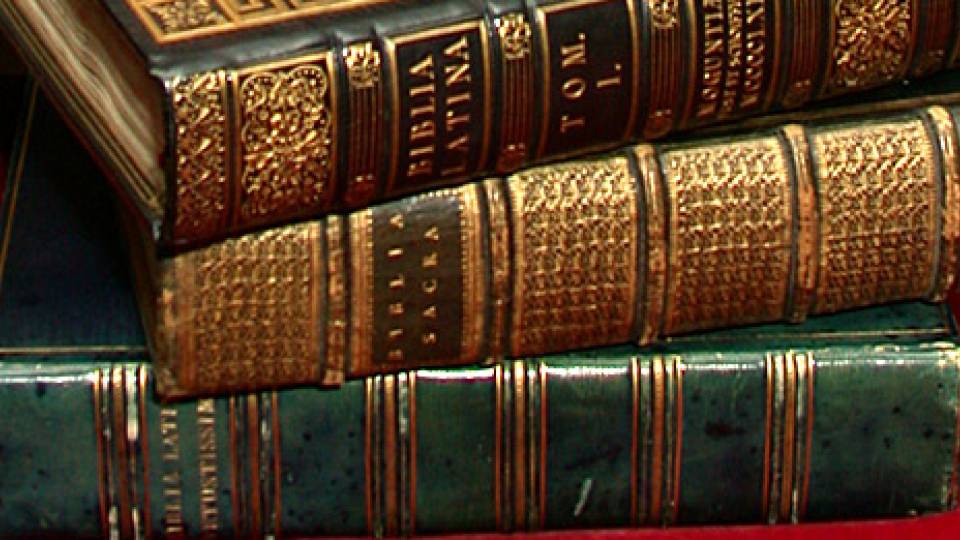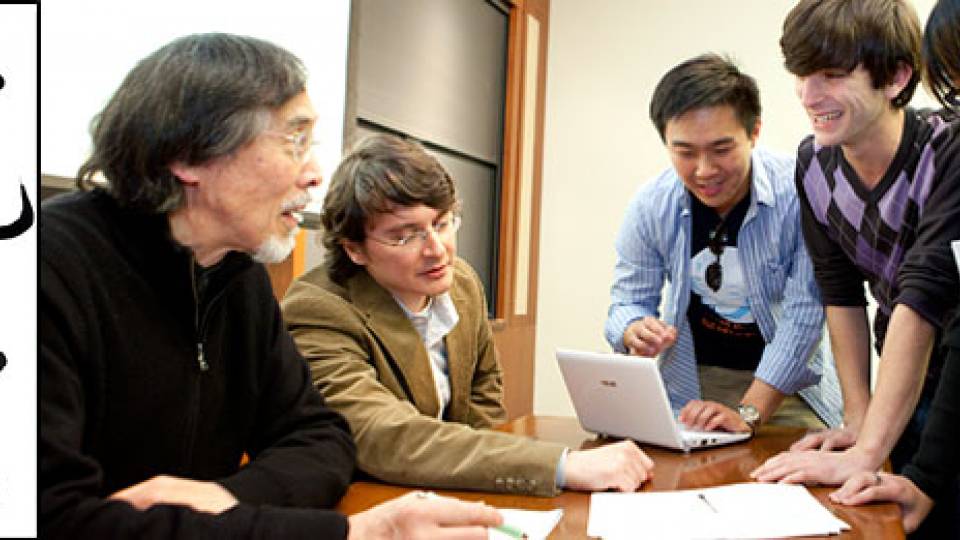The University's East Asian Library, located in the Frist Campus
Center and Jones Hall, was built around the original Gest Oriental
Library Collection.
• The collection was founded by Guion Gest
(1864-1948) and I.V. Gillis (1875-1948). Gest was head of the Gest
Engineering Co., which did business in Asia during the early 1900s. On
one trip to China, he met Gillis, who was a naval attaché at the
American embassy in Peking. Gest suffered from glaucoma, and Gillis
persuaded him to try an old Chinese eye remedy. Although this medicine
did not cure the glaucoma, it gave Gest some temporary relief and led
him to commission Gillis to buy Chinese books on medicine for him.
•
Gest later extended his interest to other fields and for 30 years
impoverished himself to provide Gillis with the funds required to
indulge his love of books. Gillis, who was married to a Manchu
princess, had access to upper class Chinese families in the 1920s and
was well positioned to collect many works from them. In the end, Gest's
library numbered some 100,000 volumes.
• With Gest's funds
dwindling and no place to store the volumes, it was arranged for the
collection to become an official library in 1926 as part of McGill
University in Montreal.
• In 1937, the Institute for Advanced
Study in Princeton, with help from the Rockefeller Foundation, acquired
the Gest Library and housed it in a building at 20 Nassau St. owned by
Princeton University. In 1948 the institute transferred custodianship
to the University, and the collection was moved to Firestone Library.
•
In 1972 the collection was moved again to Palmer and Jones halls, the
home of the Department of East Asian Studies. In 1999, the collection
was moved yet again when Palmer was undergoing renovations to become
the Frist Campus Center. Although still part of the East Asian Library,
the Gest Collection has been physically housed since then in the Mudd
Manuscript Library.
• It is considered one of the Western
world's greatest Chinese collections and includes, among other
treasures, several thousand fine and rare editions that were printed
before the Gutenberg Bible, as well as one of the world's three
complete sets of the original 1728 edition of a famous 5,000-volume
Chinese encyclopedia. The collection's 2,000 volumes on medicine
constitute the largest collection of traditional Chinese medical books
outside China and Japan. As part of the East Asian Library, the
collection is complemented by significant holdings of Japanese and
Korean materials.
Sources: "A Princeton Companion" by Alexander Leitch and the East Asian Library Web site.





